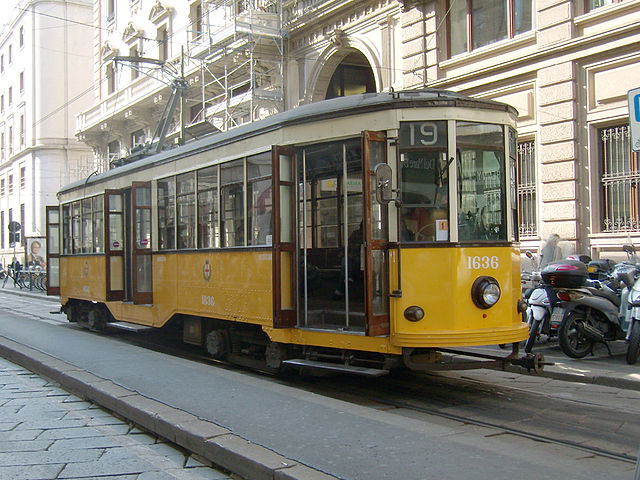Train vs Tram
The difference between trains and trams is an interesting subject when discussing transportation methods. Many people are familiar with train rides for moving between cities, but not everyone knows about trams, which are similar to trains in concept, as they also run on iron tracks. Trams are special trains that operate within cities on tracks that are at the same level as the road. They are electrically powered coaches joined together in a series, like a train. Those who have seen or ridden on a tram understand how it can simplify city life when buses are not available to reach a destination. However, some people have only seen trams in pictures and struggle to distinguish between a tram and a train. This article aims to explain the differences between trams and trains.
What is a Tram?
Trams are similar to trains in that they both run on iron rails. However, tram rails are embedded within the normal road and are at the same level as the road. Trams are also lighter than trains. Trams have a long history, with the first tram cars appearing in Britain in the early 19th century when they were horse-drawn. They provided a fast and efficient mode of transport. These tram cars were essentially animal railways, and passengers could board or alight at any point in the city. Trams soon spread to many parts of the world and, over time, transitioned from steam-powered engines to electrically operated trams.
What is a Train?
Trains are a popular mode of transport for long distances and are found in all countries worldwide. They typically run on specially laid tracks of iron rails and operate outside city limits, providing transport between cities. Since they run on their own tracks without any traffic, trains can travel at high speeds and are an indispensable mode of transport. While air travel is an option for long distances, trains are ideal for traveling to adjacent cities.
What is the difference between Train and Tram?
• Trains are universally known as trains, while trams have different names. Trams are usually called trams, but in North America, they are also known as streetcars, trolleys, or trolley cars.
• Trains are longer, have a heavier capacity, and run faster than trams.
• Train tracks are called railways, while tram tracks are called tramways.
• Trams usually have fewer coaches or carriages than trains.
• Trams rarely transport freight, as they are primarily designed to transport people between short distances. Trains transport both freight and passengers.
• Trains operate outside city limits, while trams help commuters reach various destinations within the city.
• Both trains and trams run on iron rails, but the tram track is different from the train track, as it is at the same level as roads. A train track is higher than the road level.
• Trams have evolved from animal-driven coaches to modern electric trams, while trains have progressed from coal-driven machines to electrically powered vehicles.
• Trams have stops every few yards, while trains have stops spaced further apart, usually around a kilometer or more.
• Nowadays, all trams use electricity to run. However, not all trains are electric, as some still run on steam power.
• Trams share the same space as other road traffic, which can sometimes cause problems for other road users. Trains have separate tracks and do not occupy anyone else’s space.
• Tram tracks can become slippery when wet, which is dangerous for bicycles, motorcycles, and sometimes even cars. This issue is not experienced with train tracks.
Key Takeaways
- Trams are lighter, slower, and shorter than trains, and primarily transport people within cities, while trains transport both freight and passengers between cities.
- Tram tracks are embedded within and at the same level as the road, while train tracks are separate and at a higher level than the road.
- Trams have stops every few yards, whereas train stops are spaced further apart, typically around a kilometer or more.
